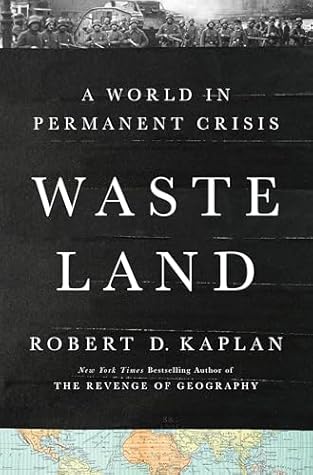Suddenly, for the first time in the record of Putin’s military adventures, combined arms, that is, coordination between air, land, and sea forces, as well as a realistic strategy befitting a World War II–size campaign, were all required. And that, in turn, meant logistics, logistics, logistics: coordinating the supply of fuel, food, spare parts, maintenance units, ammunition, and what have you for a large, advancing army separated into a half dozen principal paths of advance. As it turned out, none of those elements was in evidence in the initial Russian aggression against Ukraine.
Welcome back. Just a moment while we sign you in to your Goodreads account.


